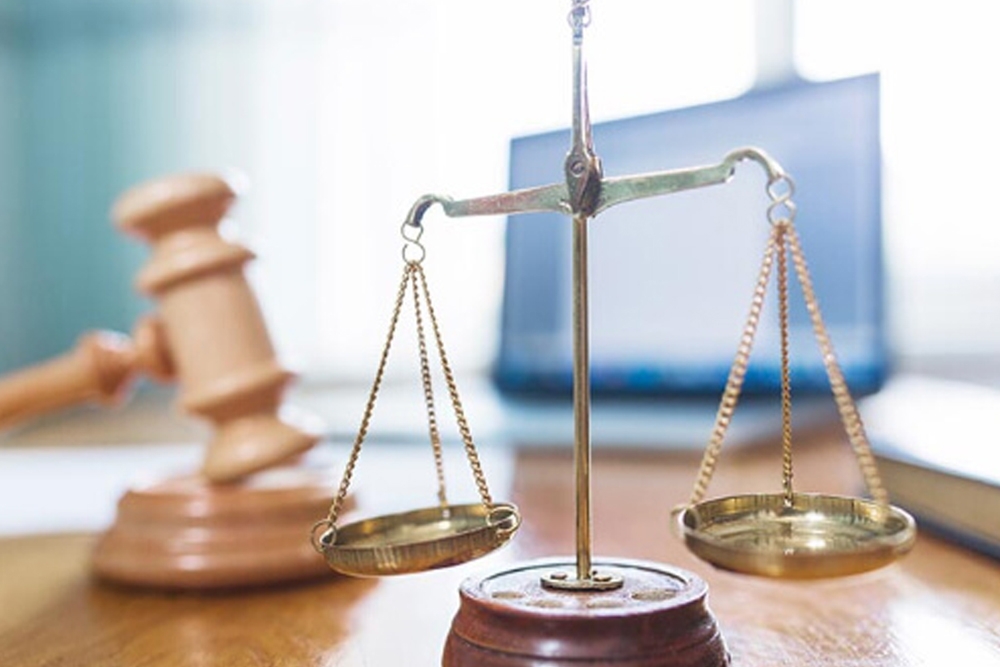A Second Bankruptcy, the Automatic Stay, and a Foreclosure

In 2005, Congress, with help (and influence) from creditor lobbyists, chose to add restrictions to the automatic stay and make it harder for a serial filer to get debt relief. Section 362(c)(3)(A) provides that if an individual debtor files a second bankruptcy case within a year of dismissal, the automatic stay terminates “with respect to the debtor on the 30th day after the filing of the later case[.]” The automatic stay may be continued by the bankruptcy court upon a showing of good faith by the debtor.
In English, Section 362(c)(3)(A) means that if you file a second bankruptcy case within a year after the first is dismissed (either by you or by the court), you must ask the bankruptcy court to continue the automatic stay protection or it will expire after thirty days. However, courts across the country disagree as to the effect of this termination.
The vast majority of courts find that when the stay is terminated under Section 362(c)(3)(A), the debtor and his property is fair game, but property of the bankruptcy estate is still protected. This interpretation was recently confirmed by the First Circuit Bankruptcy Appellate Panel in the case of Witkowski v. Knight (In re Witkowski), No. 14-34, __ B.R. __ (B.A.P. 1st Cir. Nov. 13, 2014).
In the Witkowski case, the debtor filed several bankruptcy cases attempting to forestall foreclosure of a residence. When the debtor filed one bankruptcy case within a year of a previous dismissal, and the lender continued a pending foreclosure sale according to state law. The debtor did not seek to extend the automatic stay, but filed a motion seeking sanctions for continuing the foreclosure action in violation of the stay.
The Witkowski court agreed with the debtor and with the majority of courts that the automatic stay was not terminated as to property of the bankruptcy estate, which included the debtor’s residence.
The court then turned to the question of whether the lender’s action constituted a violation of the bankruptcy stay injunction. The court distinguished between taking new action against the debtor and “maintaining the status quo” by continuing a state law foreclosure. The court found that the lender did not take new steps in the foreclosure process after the bankruptcy case was filed and, therefore, did not violate the automatic stay.
While other courts may derive a different result, there are two important rules to learn from Witkowski: (1) most courts agree that the termination of the stay under Section 362(c)(3)(A) does not affect estate property; and (2) there is a growing trend to allow the “maintenance” of foreclosure sales commenced pre-bankruptcy. These are important issues that merit a close watch in the future.
